Home>Furniture & Design>Bathroom Accessories>What Is The Use Of Tweezers In A First Aid Kit
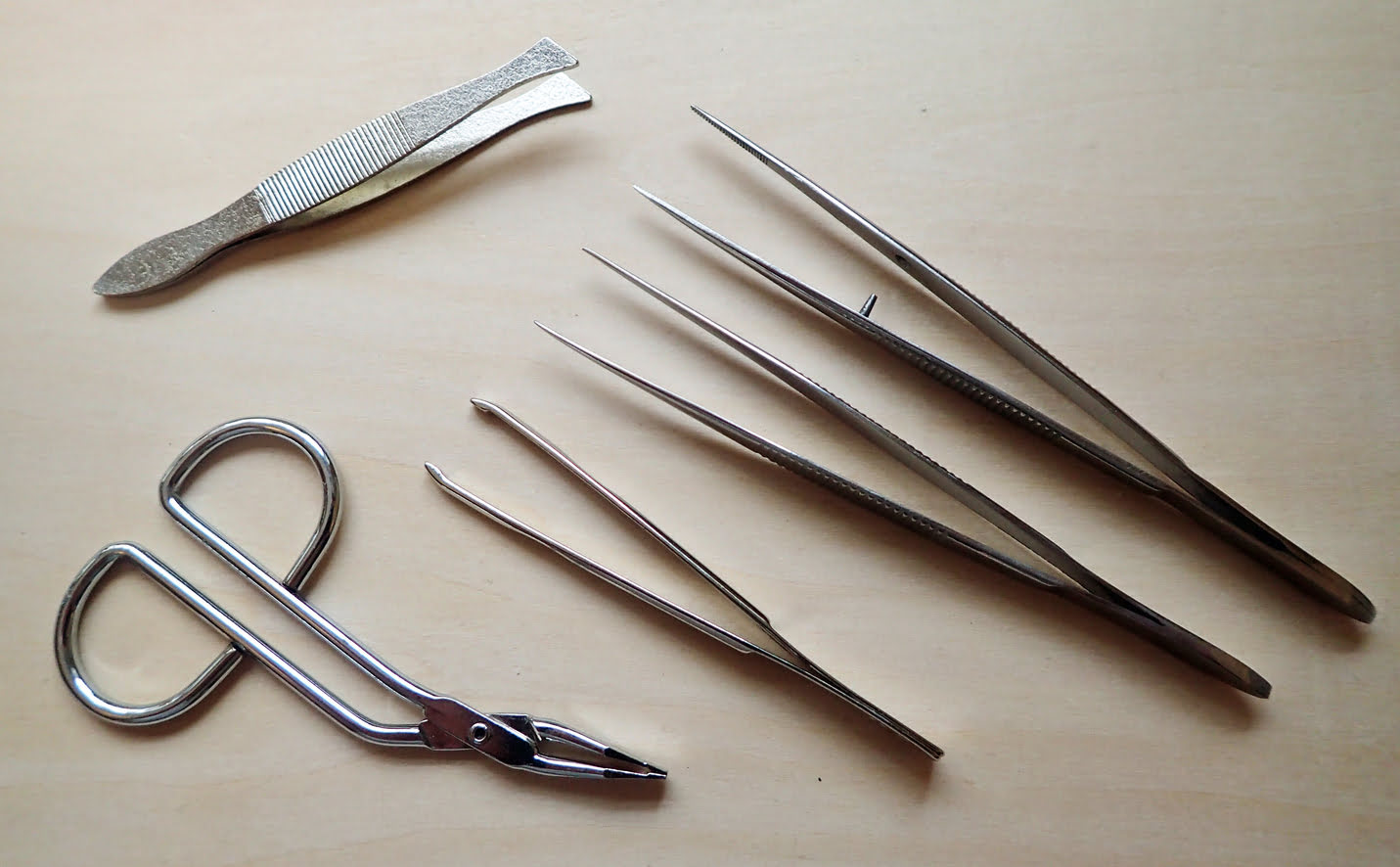

Bathroom Accessories
What Is The Use Of Tweezers In A First Aid Kit
Published: February 10, 2024
Discover the importance of tweezers in a first aid kit and how they can be essential bathroom accessories for handling minor injuries and splinters. Explore their versatile uses in emergency situations.
(Many of the links in this article redirect to a specific reviewed product. Your purchase of these products through affiliate links helps to generate commission for Storables.com, at no extra cost. Learn more)
Introduction
Tweezers are a seemingly simple yet indispensable tool found in most first aid kits. These small, handheld instruments may appear unassuming, but their significance in providing immediate medical assistance cannot be overstated. Whether it's removing a splinter, a tick, or a foreign object from a wound, tweezers play a crucial role in addressing minor injuries and preventing potential complications.
In the realm of first aid, tweezers are often the unsung heroes, quietly waiting in the kit until their expertise is required. Their compact size and precision make them ideal for delicate tasks, allowing individuals to address minor medical issues promptly and effectively. From a tiny shard of glass embedded in the skin to a pesky bee stinger causing discomfort, tweezers are the go-to tool for swift and precise extraction.
As we delve deeper into the world of first aid, it becomes evident that tweezers are not just a tool but a lifeline in situations where immediate action is necessary. Their presence in a first aid kit signifies preparedness and the ability to handle unexpected mishaps with confidence. Understanding the importance of tweezers and their various applications in first aid scenarios is essential for anyone seeking to provide timely and effective assistance in times of need.
In the subsequent sections, we will explore the significance of tweezers in a first aid context, the different types of tweezers available for first aid purposes, their diverse applications in addressing minor injuries, and the safe and proper usage of tweezers in first aid scenarios. By gaining a comprehensive understanding of tweezers and their role in first aid, individuals can equip themselves with the knowledge and tools necessary to respond effectively to minor medical emergencies.
Key Takeaways:
- Tweezers in a first aid kit are like unsung heroes, helping remove splinters, ticks, and foreign objects from wounds. They’re small but mighty, promoting safety and well-being in everyday mishaps.
- Different types of tweezers cater to specific first aid needs, from fine-point tweezers for precision tasks to tick tweezers for safe tick removal. Equipping a first aid kit with the right tweezers ensures preparedness for various minor medical issues.
Importance of Tweezers in a First Aid Kit
Tweezers are a fundamental component of any well-equipped first aid kit. Their compact size and precision make them invaluable for addressing a wide range of minor medical issues. One of the primary roles of tweezers in first aid is the safe and efficient removal of foreign objects from the skin, such as splinters, glass shards, or debris. By swiftly extracting these foreign bodies, tweezers help prevent potential infections and further complications.
In addition to foreign object removal, tweezers are essential for addressing insect-related incidents. Whether it's a bee sting or a tick bite, tweezers enable individuals to carefully extract stingers or ticks from the skin, reducing the risk of allergic reactions or the transmission of tick-borne diseases. Furthermore, tweezers are instrumental in addressing minor grooming-related injuries, such as removing ingrown hairs or thorns, contributing to overall comfort and well-being.
Moreover, tweezers play a crucial role in wound care by facilitating the precise handling of dressings and bandages. Their fine tips allow for delicate manipulation of wound dressings, ensuring a hygienic and secure application. This level of precision is particularly valuable when dealing with small or intricate wounds that require meticulous attention.
Furthermore, tweezers are essential for first aid scenarios involving the eyes and splashes of hazardous substances. In such cases, tweezers enable individuals to delicately remove foreign particles from the eye or skin, minimizing the risk of further injury or contamination. Their ability to provide precise and controlled handling is particularly advantageous in situations where the utmost care is required.
In essence, the inclusion of tweezers in a first aid kit reflects a commitment to preparedness and the ability to address minor medical issues promptly and effectively. Their multifaceted utility in foreign object removal, wound care, and delicate handling makes them indispensable tools for providing immediate medical assistance. Understanding the importance of tweezers in a first aid context empowers individuals to respond confidently to unexpected mishaps, promoting safety and well-being in various everyday situations.
Types of Tweezers for First Aid
When it comes to first aid, having the right tools can make all the difference in effectively addressing minor medical issues. Tweezers, in particular, come in various types, each designed to cater to specific first aid needs. Understanding the different types of tweezers available for first aid purposes is essential for ensuring that the appropriate tool is utilized for each unique situation.
-
Fine-Point Tweezers: These tweezers feature ultra-fine pointed tips, making them ideal for precision tasks such as removing splinters, glass shards, or thorns from the skin. The fine points allow for accurate and delicate extraction, minimizing discomfort and reducing the risk of leaving behind any foreign particles.
-
Flat-Edge Tweezers: Flat-edge tweezers, also known as splinter forceps, are characterized by their flat, broad tips. These tweezers are well-suited for gripping and extracting larger foreign objects or debris from the skin. Their broader surface area provides a secure grip, making them particularly effective for handling objects that may be difficult to grasp with finer-tipped tweezers.
-
Tick Tweezers: Specifically designed for the safe removal of ticks, these tweezers feature a unique design with a curved or notched tip. This specialized configuration enables individuals to grasp ticks firmly at the base and remove them without leaving any parts embedded in the skin, reducing the risk of tick-borne diseases and infections.
-
Eyebrow Tweezers: While commonly associated with grooming, eyebrow tweezers can also serve a first aid purpose. Their precision and fine tips make them suitable for removing small foreign objects from the skin, such as splinters or ingrown hairs. The familiar design of eyebrow tweezers makes them a versatile addition to a first aid kit.
-
Serrated Tweezers: These tweezers feature serrated tips, providing enhanced grip and traction when handling objects. The serrations help prevent slippage, making them particularly useful for extracting stubborn splinters or debris. Their secure grip minimizes the risk of losing hold of the object during extraction.
By familiarizing oneself with the various types of tweezers available for first aid, individuals can ensure that their first aid kit is equipped with the appropriate tools to address a wide range of minor medical issues effectively. Each type of tweezers offers unique advantages, catering to specific needs and scenarios, and understanding their distinct features empowers individuals to respond confidently and competently in first aid situations.
Tweezers in a first aid kit are useful for removing splinters, ticks, and small debris from the skin. Make sure to clean the tweezers before and after use to prevent infection.
Uses of Tweezers in First Aid Situations
Tweezers are versatile tools with a myriad of applications in first aid scenarios, making them indispensable for addressing minor medical issues promptly and effectively. Understanding the diverse uses of tweezers in first aid situations is essential for harnessing their full potential in providing immediate medical assistance.
-
Foreign Object Removal: One of the primary uses of tweezers in first aid is the safe extraction of foreign objects from the skin. Whether it's a tiny splinter, a shard of glass, or a thorn, tweezers enable individuals to delicately grasp and remove these objects, preventing potential infections and discomfort. The fine tips of tweezers allow for precise handling, minimizing tissue damage and ensuring thorough extraction.
-
Tick and Insect Bite Removal: Insect-related incidents, such as tick bites or bee stings, often require swift action to minimize the associated risks. Tweezers designed for tick removal provide individuals with the means to grasp and carefully extract ticks from the skin, reducing the likelihood of tick-borne diseases. Additionally, tweezers facilitate the removal of insect stingers, alleviating discomfort and minimizing allergic reactions.
-
Wound Care and Dressing Handling: Tweezers play a crucial role in wound care by enabling individuals to handle dressings, bandages, and wound-closure strips with precision. Their fine tips allow for meticulous manipulation, ensuring that dressings are applied securely and hygienically. This level of control is particularly valuable when addressing small or intricate wounds that require careful attention.
-
Grooming-Related Injuries: In the realm of first aid, tweezers are instrumental in addressing grooming-related injuries, such as ingrown hairs or splinters caused by personal care activities. The precision of tweezers allows for the gentle extraction of ingrown hairs or small foreign objects, contributing to overall comfort and well-being.
-
Eye and Skin Care: In situations involving foreign particles in the eye or skin, tweezers provide a means to delicately remove these particles, minimizing the risk of further irritation or injury. Their precise handling capabilities make them invaluable for addressing eye-related incidents and ensuring the safe removal of foreign substances from the skin.
By recognizing the diverse uses of tweezers in first aid situations, individuals can harness the full potential of these versatile tools in addressing a wide range of minor medical issues. From foreign object removal to wound care and grooming-related injuries, tweezers stand as indispensable assets in providing immediate medical assistance and promoting overall well-being.
How to Use Tweezers Safely in First Aid Scenarios
When utilizing tweezers in first aid scenarios, it is crucial to adhere to safe and proper techniques to ensure effective and risk-free assistance. The following guidelines outline the essential steps for using tweezers safely in various first aid situations:
-
Prepare the Area: Before using tweezers, it is important to prepare the affected area by cleaning it with mild soap and water or an antiseptic solution. This helps minimize the risk of infection and ensures a clean working environment for the extraction process.
-
Select the Appropriate Tweezers: Depending on the nature of the foreign object or the specific first aid task at hand, choose the most suitable type of tweezers from your first aid kit. Fine-point tweezers are ideal for precision tasks, while flat-edge tweezers may be more effective for larger objects.
-
Sterilize the Tweezers: To maintain hygiene and reduce the risk of infection, sterilize the tweezers by wiping the tips with an alcohol swab or disinfectant solution. This step is particularly important when dealing with open wounds or foreign objects that may introduce bacteria.
-
Grasp the Object Carefully: When using tweezers to remove a foreign object, gently grasp the object as close to the skin's surface as possible. Avoid applying excessive pressure, as this may cause the object to break or splinter, complicating the extraction process.
-
Pull in the Direction of Entry: When extracting a foreign object, pull it out in the same direction it entered the skin. This minimizes tissue damage and reduces the likelihood of leaving behind any residual particles.
-
Maintain a Steady Hand: Keep a steady hand while using tweezers to ensure precise and controlled movements. This is particularly important when handling delicate tasks, such as removing splinters or addressing grooming-related injuries.
-
Clean and Secure the Wound: After successfully removing the foreign object, clean the wound again and apply an appropriate dressing or bandage. Ensure that the wound is adequately protected to promote healing and prevent contamination.
-
Dispose of Contaminated Items: If the tweezers come into contact with blood or bodily fluids during the extraction process, carefully dispose of any contaminated materials and sterilize the tweezers before returning them to the first aid kit.
By following these guidelines, individuals can use tweezers safely and effectively in various first aid scenarios, promoting optimal outcomes and minimizing the risk of complications. Proper technique, hygiene, and precision are paramount when utilizing tweezers in first aid, underscoring their role as essential tools for addressing minor medical issues.
Read more: What Is A First Aid Kit Used For In A Lab
Conclusion
In conclusion, the inclusion of tweezers in a first aid kit is not merely a matter of convenience but a testament to preparedness and the ability to address minor medical issues with precision and efficacy. The significance of tweezers in first aid scenarios cannot be overstated, as these versatile tools play a pivotal role in foreign object removal, wound care, and addressing grooming-related injuries. Their multifaceted utility empowers individuals to respond confidently to unexpected mishaps, promoting safety and well-being in various everyday situations.
By understanding the diverse uses of tweezers in first aid, individuals can harness the full potential of these indispensable tools, ensuring prompt and effective assistance in times of need. Whether it's the safe extraction of splinters, the delicate handling of wound dressings, or the precise removal of foreign particles from the skin, tweezers stand as reliable allies in providing immediate medical care.
Furthermore, the availability of various types of tweezers tailored for specific first aid needs underscores the importance of equipping a first aid kit with the appropriate tools. From fine-point tweezers for precision tasks to tick tweezers designed for safe tick removal, each type serves a unique purpose, catering to a wide range of first aid scenarios. This diversity ensures that individuals are well-prepared to address various minor medical issues effectively, promoting a proactive approach to health and well-being.
In utilizing tweezers in first aid scenarios, adherence to safe and proper techniques is paramount. By following guidelines for preparing the area, selecting the appropriate tweezers, and maintaining hygiene and precision during the extraction process, individuals can ensure optimal outcomes and minimize the risk of complications. The safe and effective use of tweezers further underscores their indispensable role in providing immediate medical assistance.
In essence, tweezers are not just tools but lifelines in first aid situations, embodying the ability to address minor medical issues with care and expertise. Their presence in a first aid kit signifies a commitment to preparedness and the empowerment to respond confidently to unexpected mishaps. By recognizing the importance of tweezers and their diverse applications in first aid, individuals can enhance their ability to provide timely and effective assistance, contributing to overall safety and well-being in everyday life.
Frequently Asked Questions about What Is The Use Of Tweezers In A First Aid Kit
Was this page helpful?
At Storables.com, we guarantee accurate and reliable information. Our content, validated by Expert Board Contributors, is crafted following stringent Editorial Policies. We're committed to providing you with well-researched, expert-backed insights for all your informational needs.
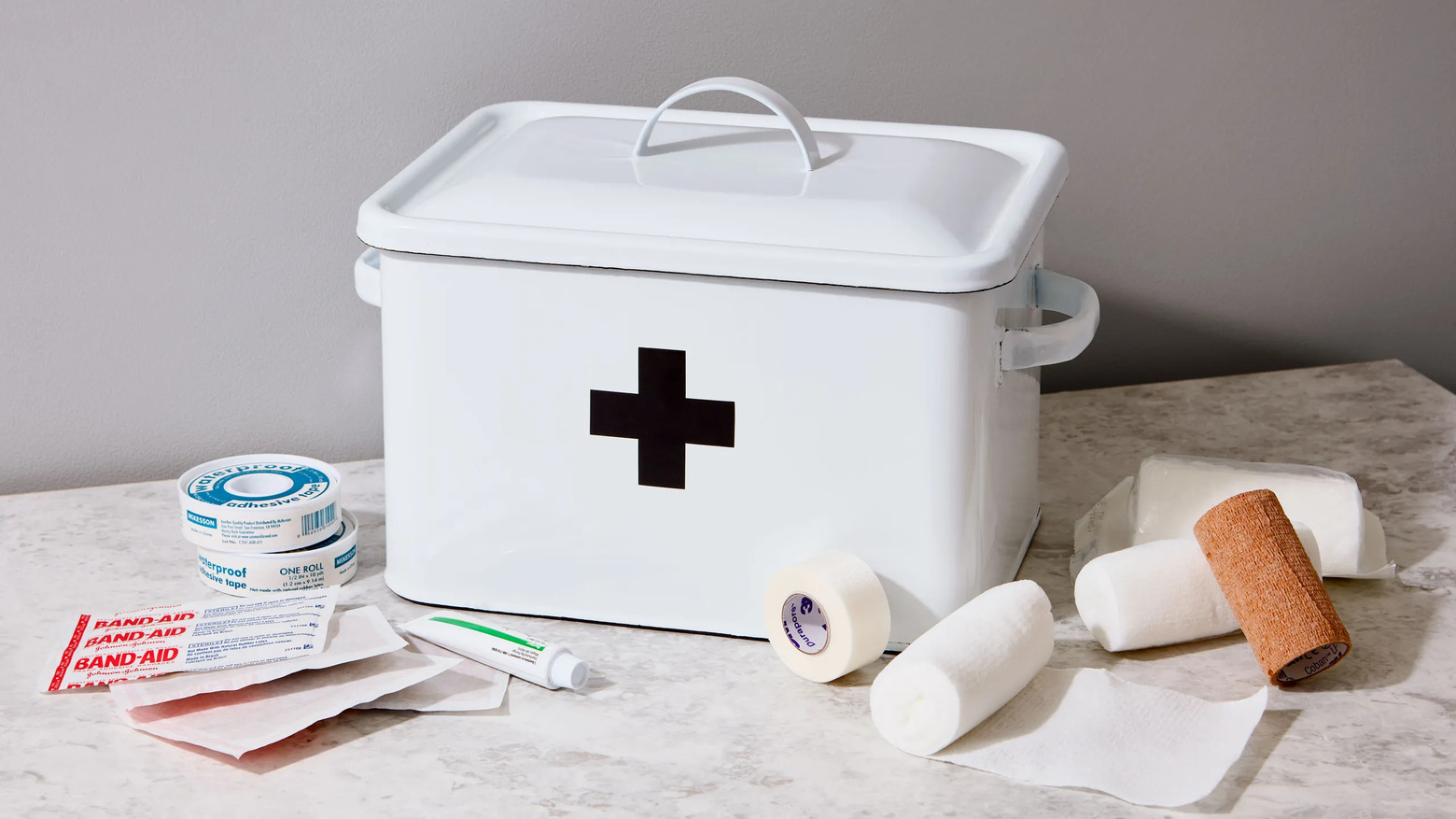
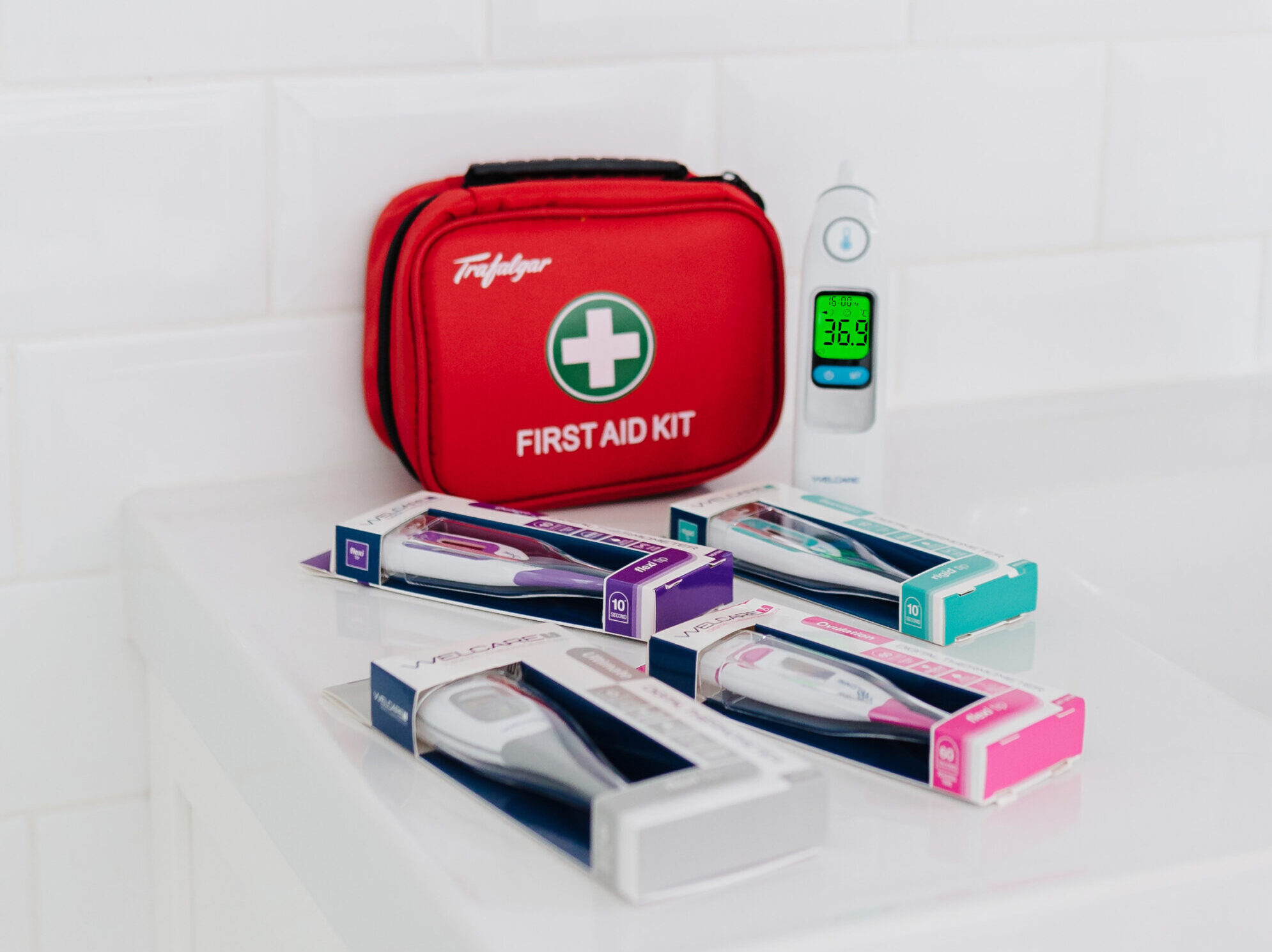
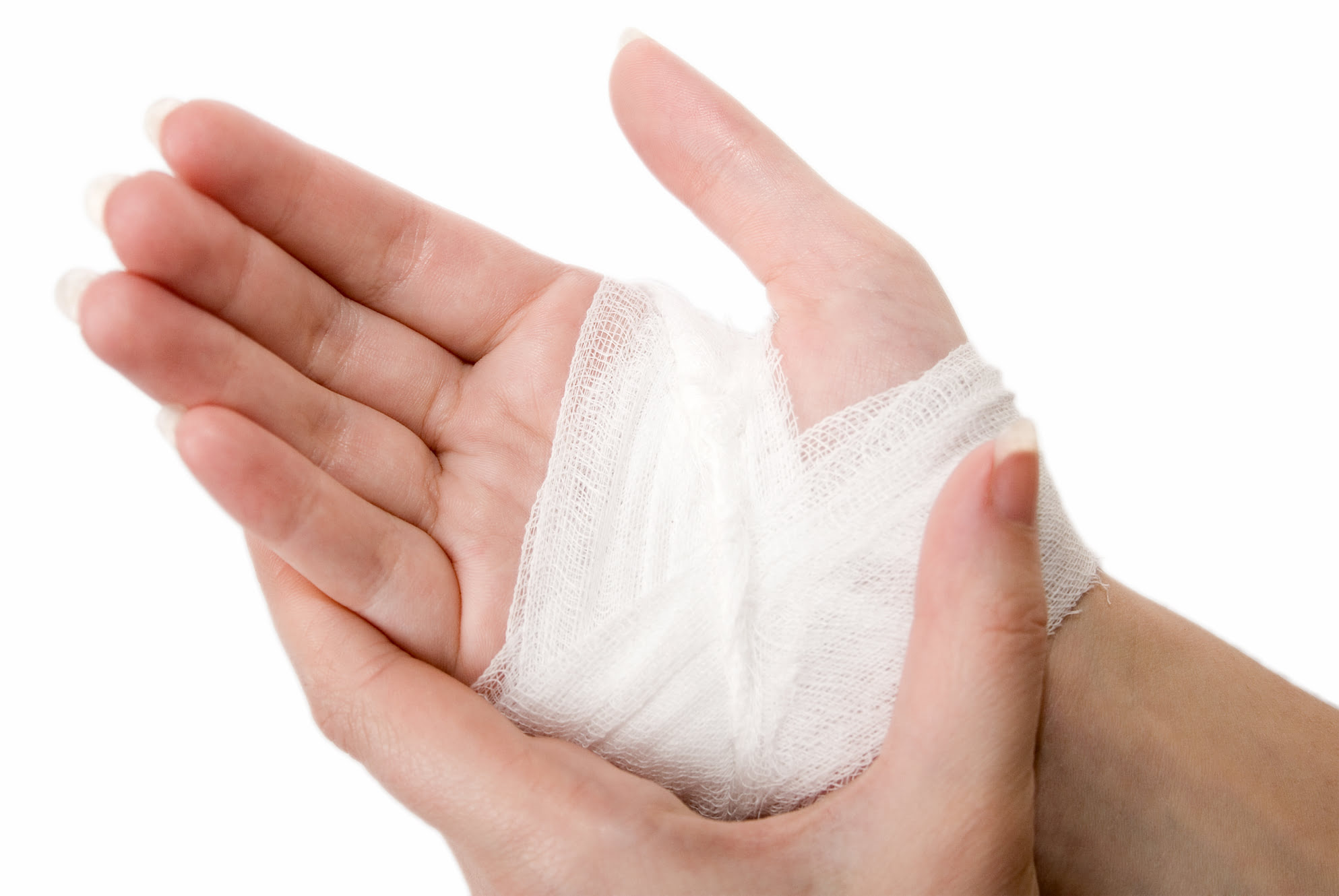
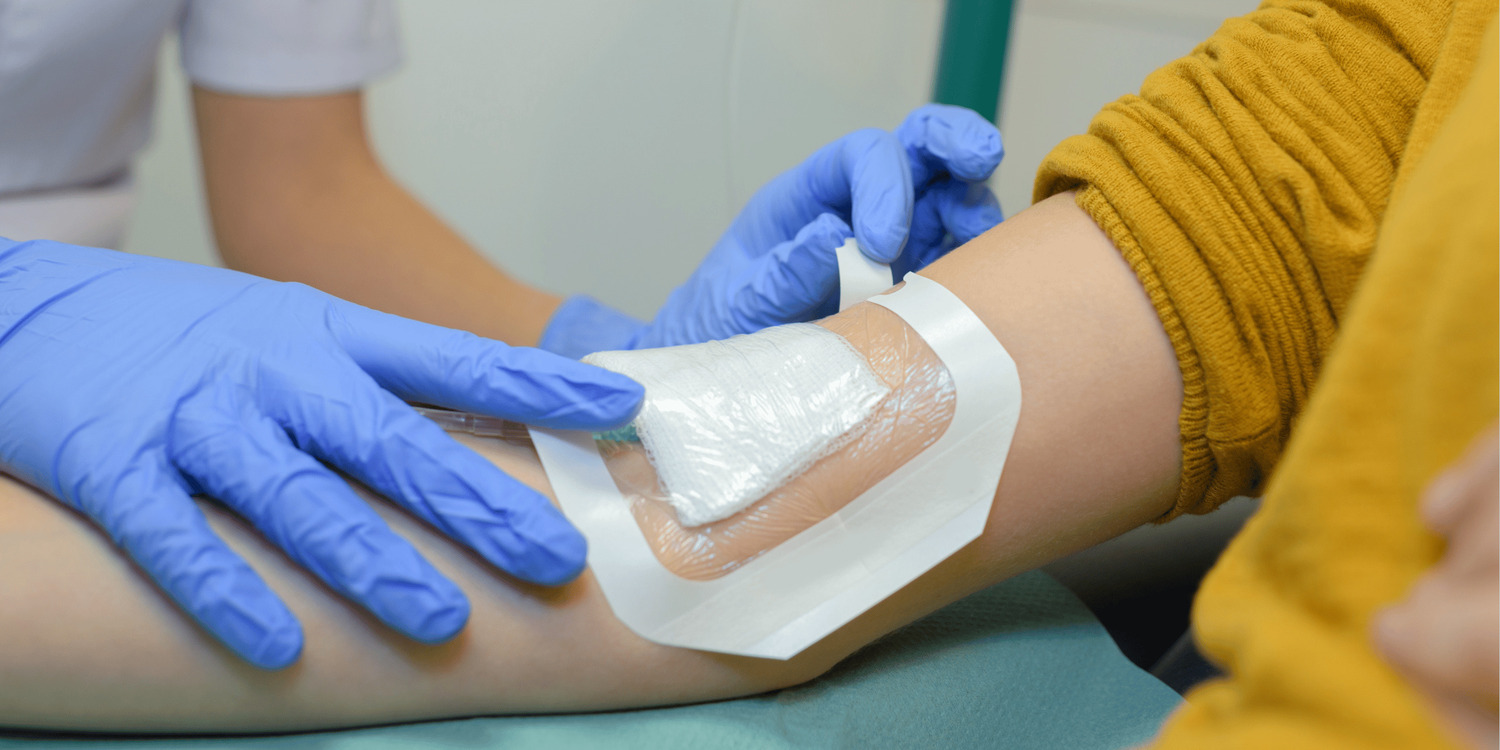
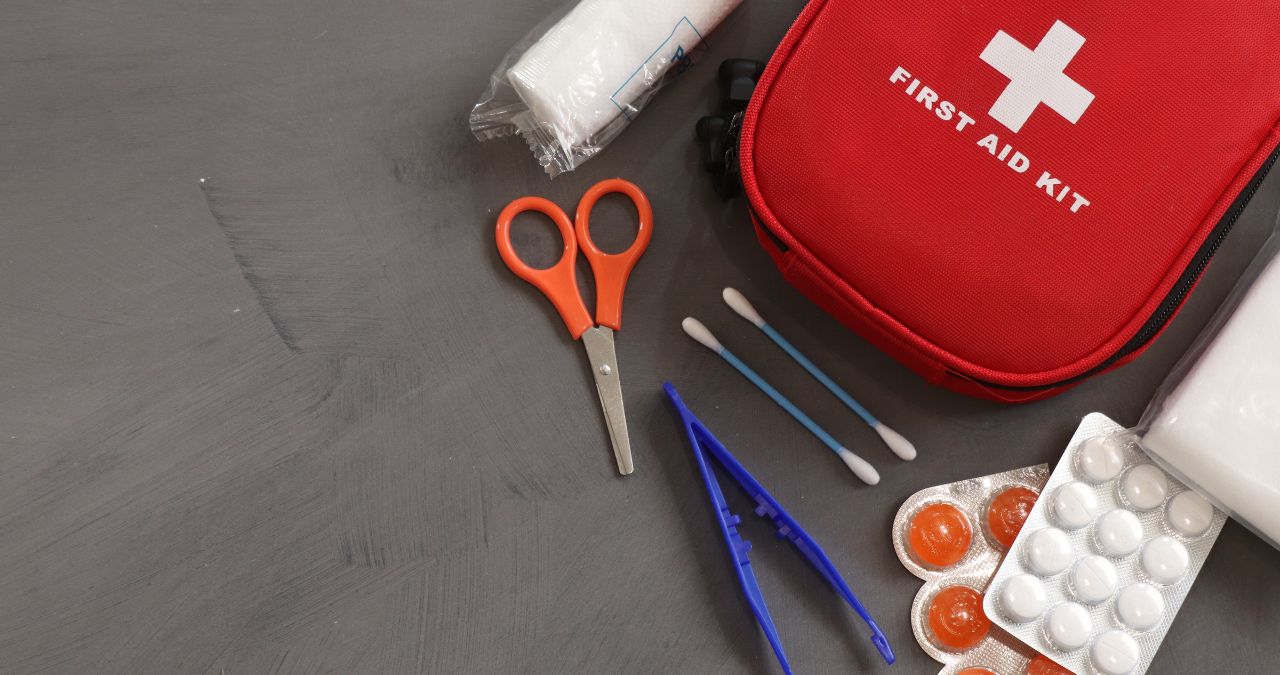
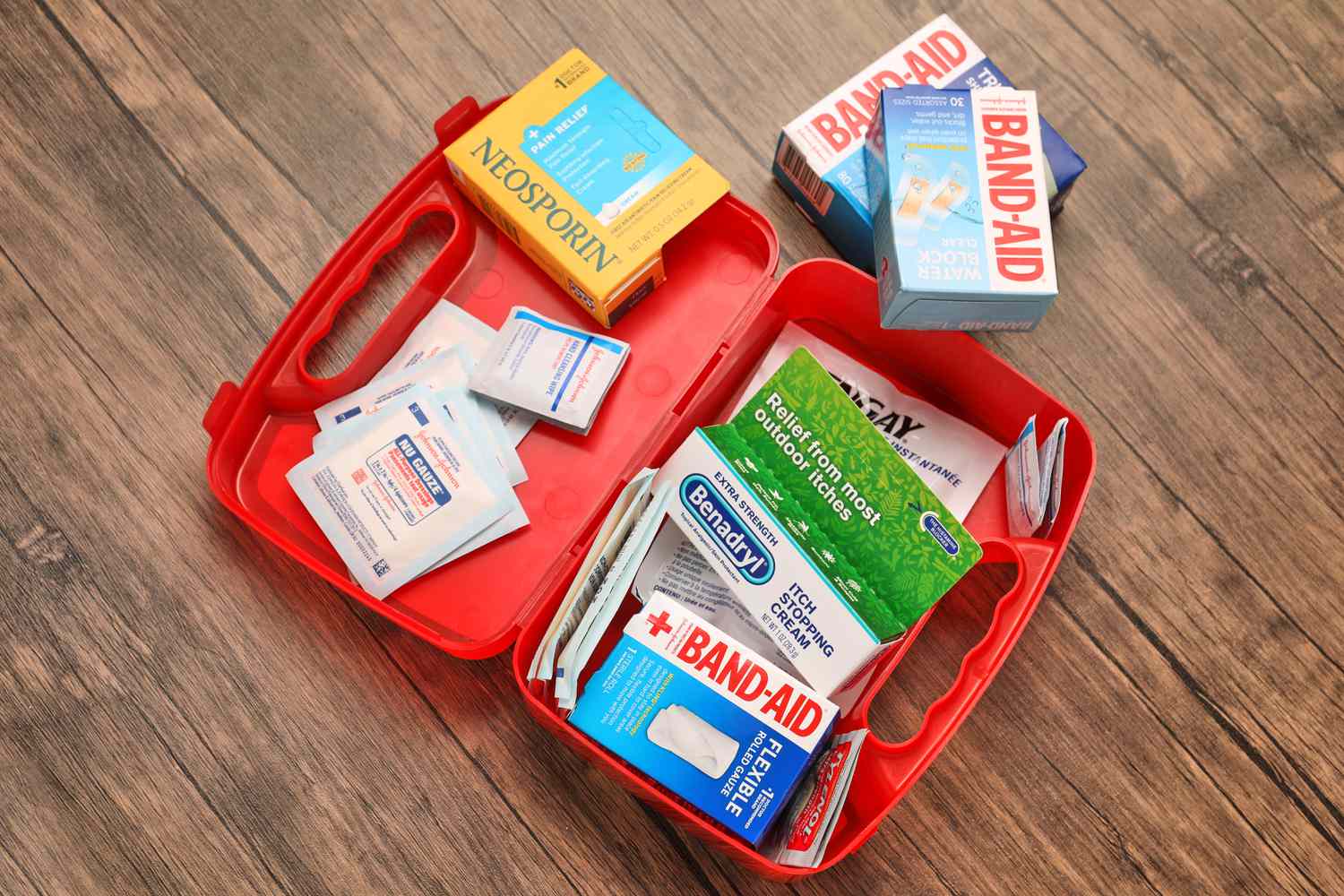
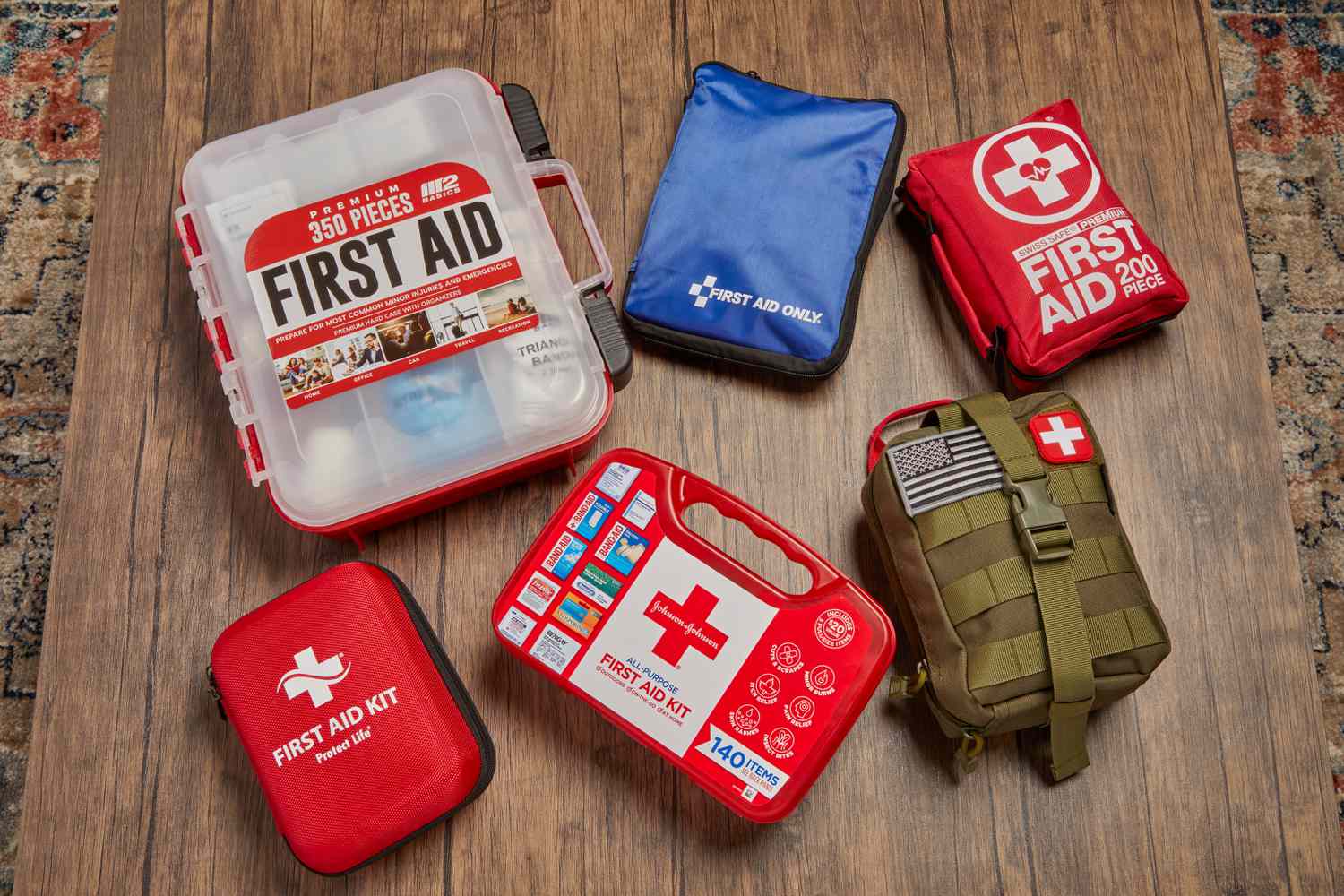
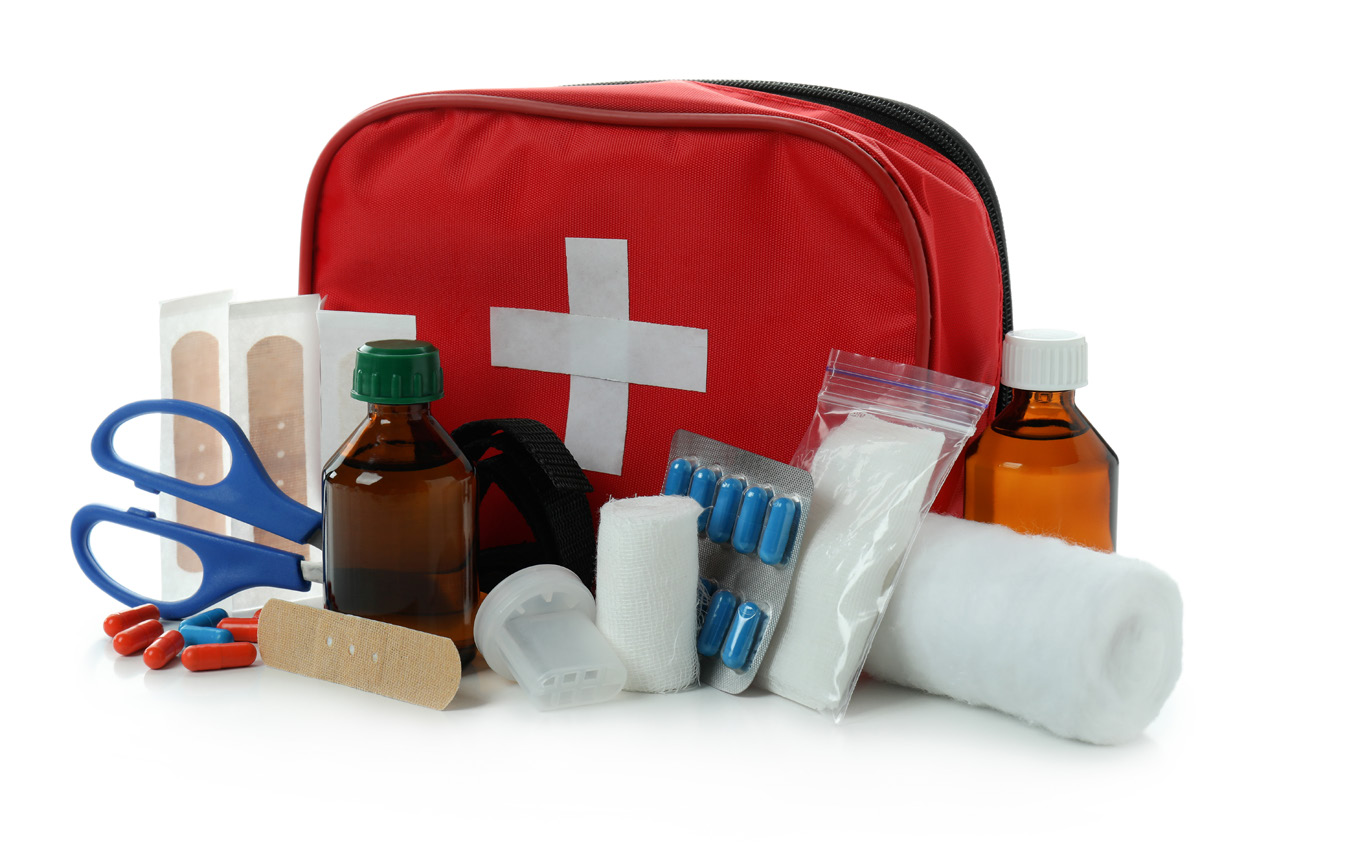
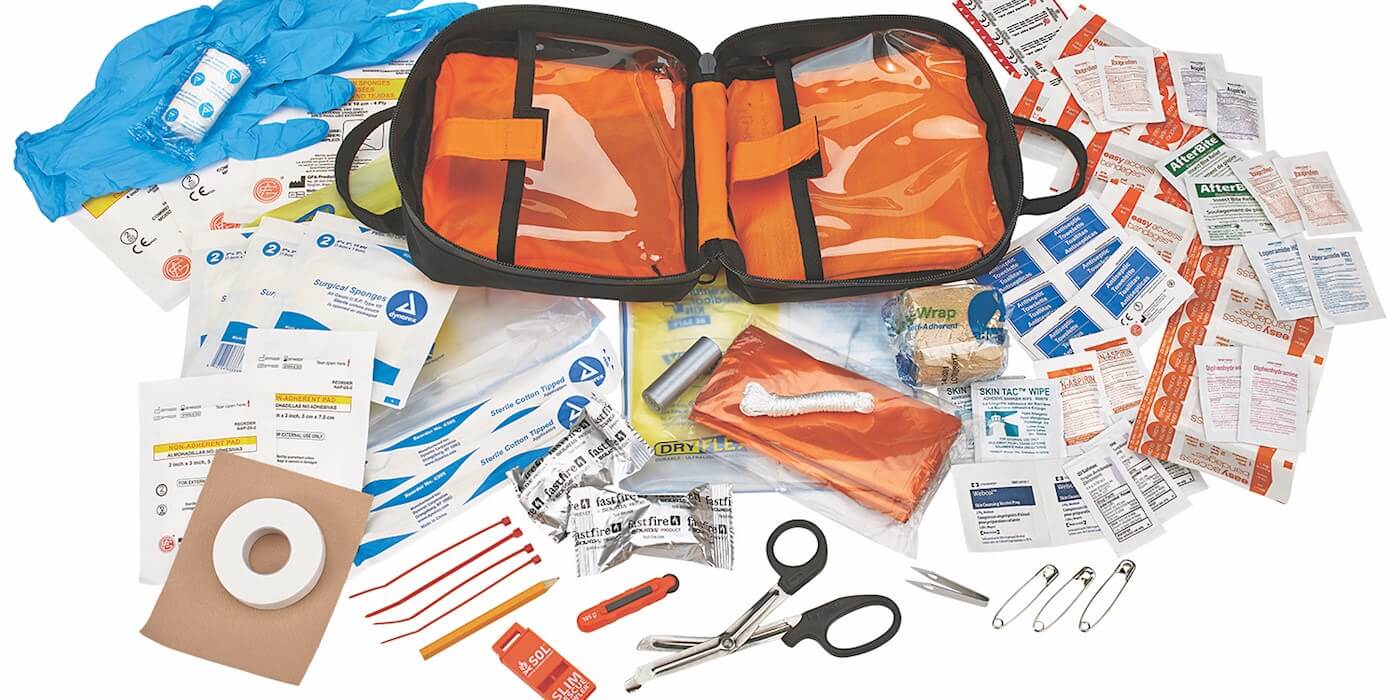
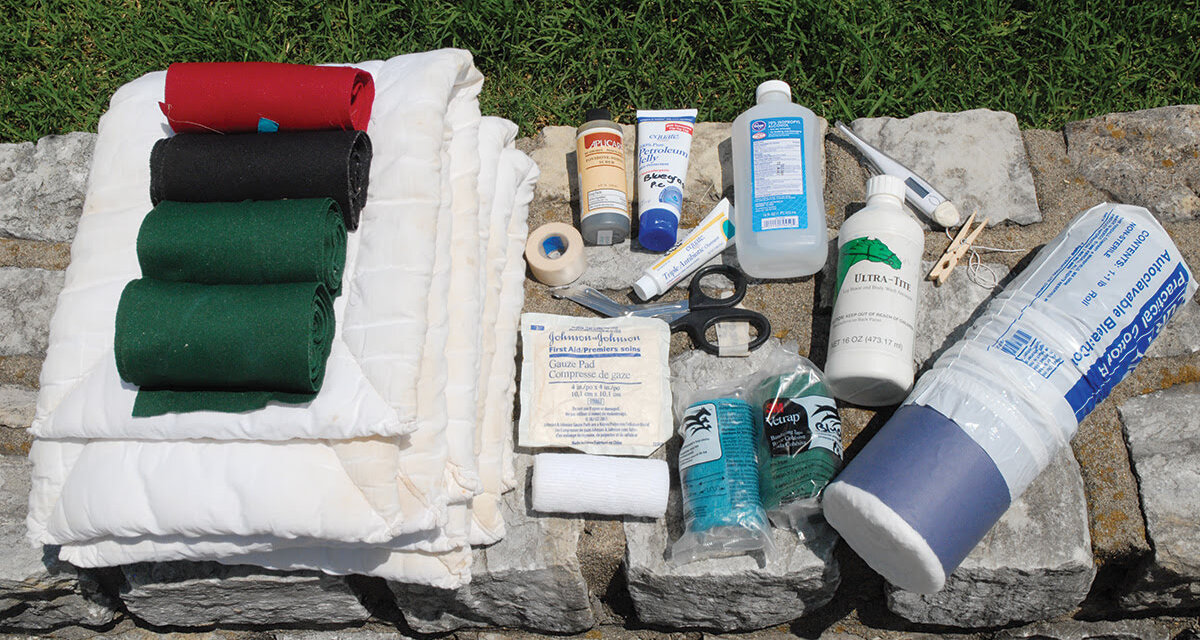
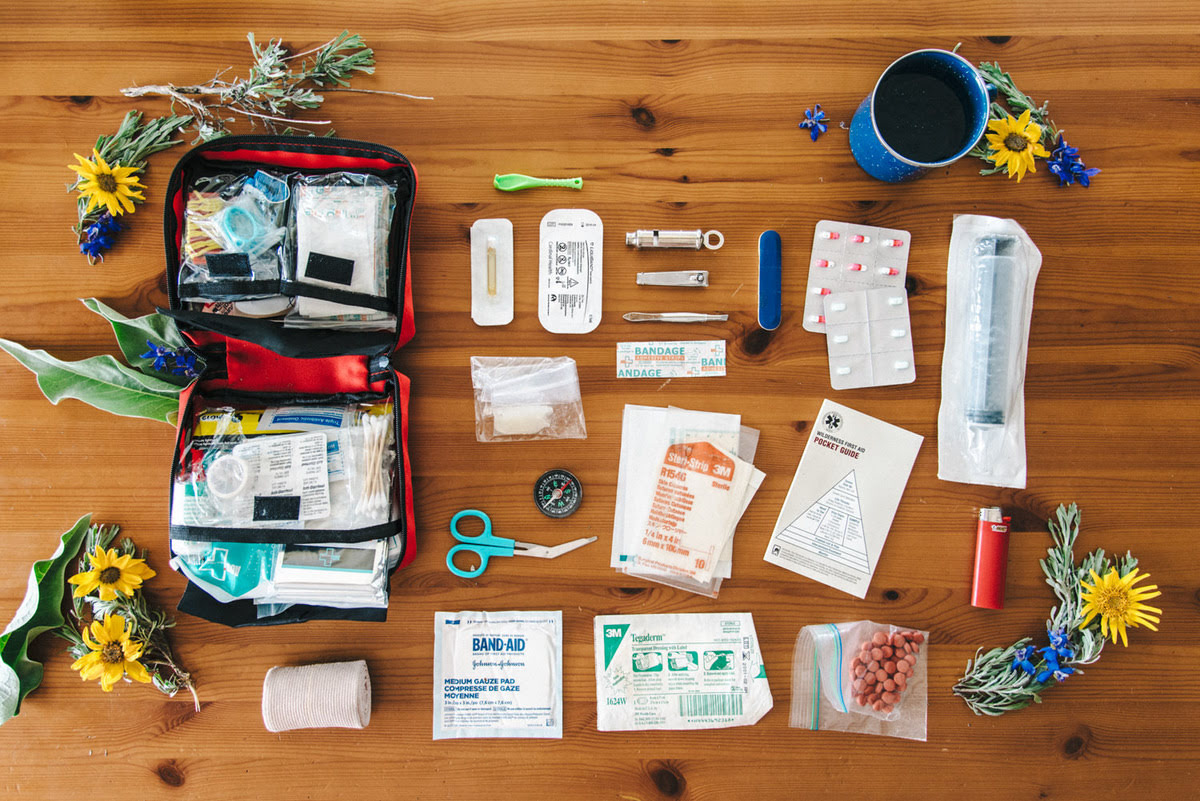
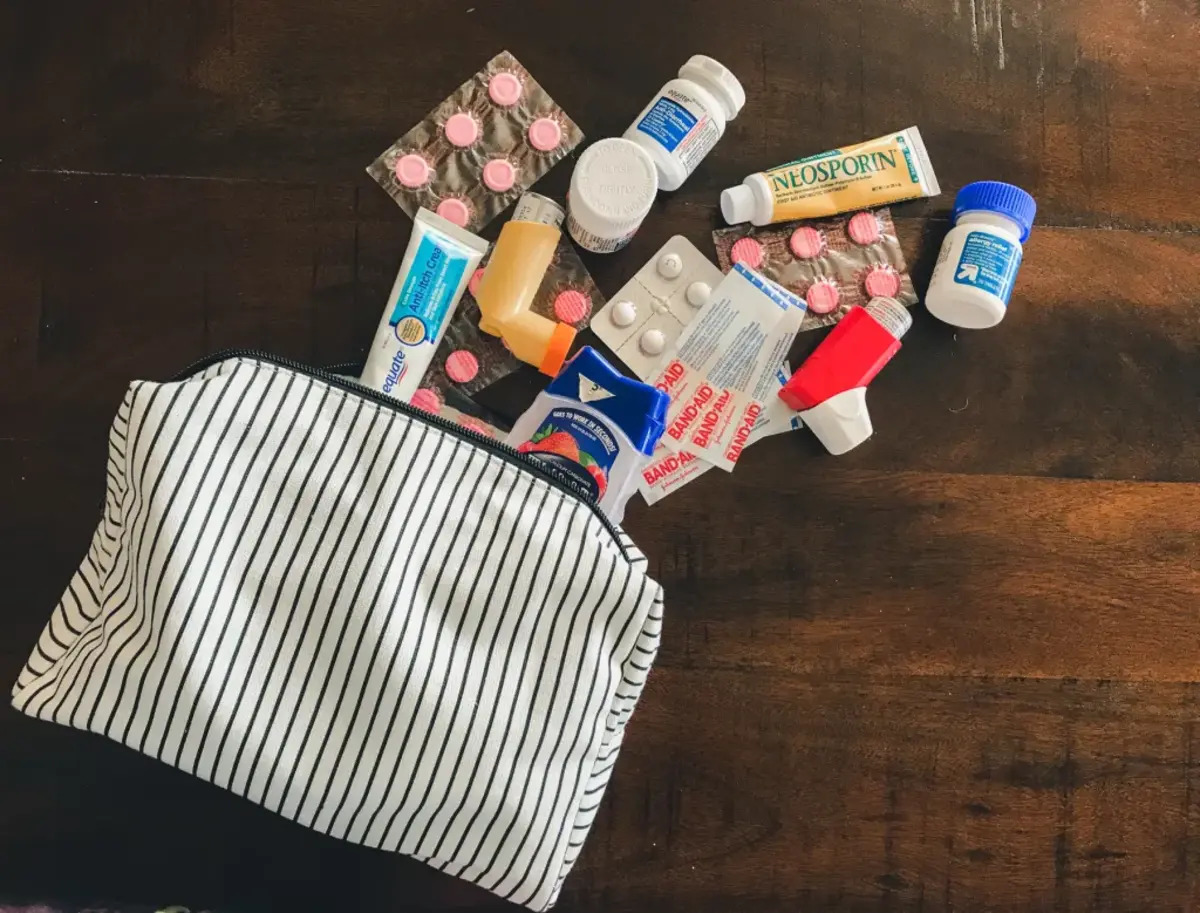
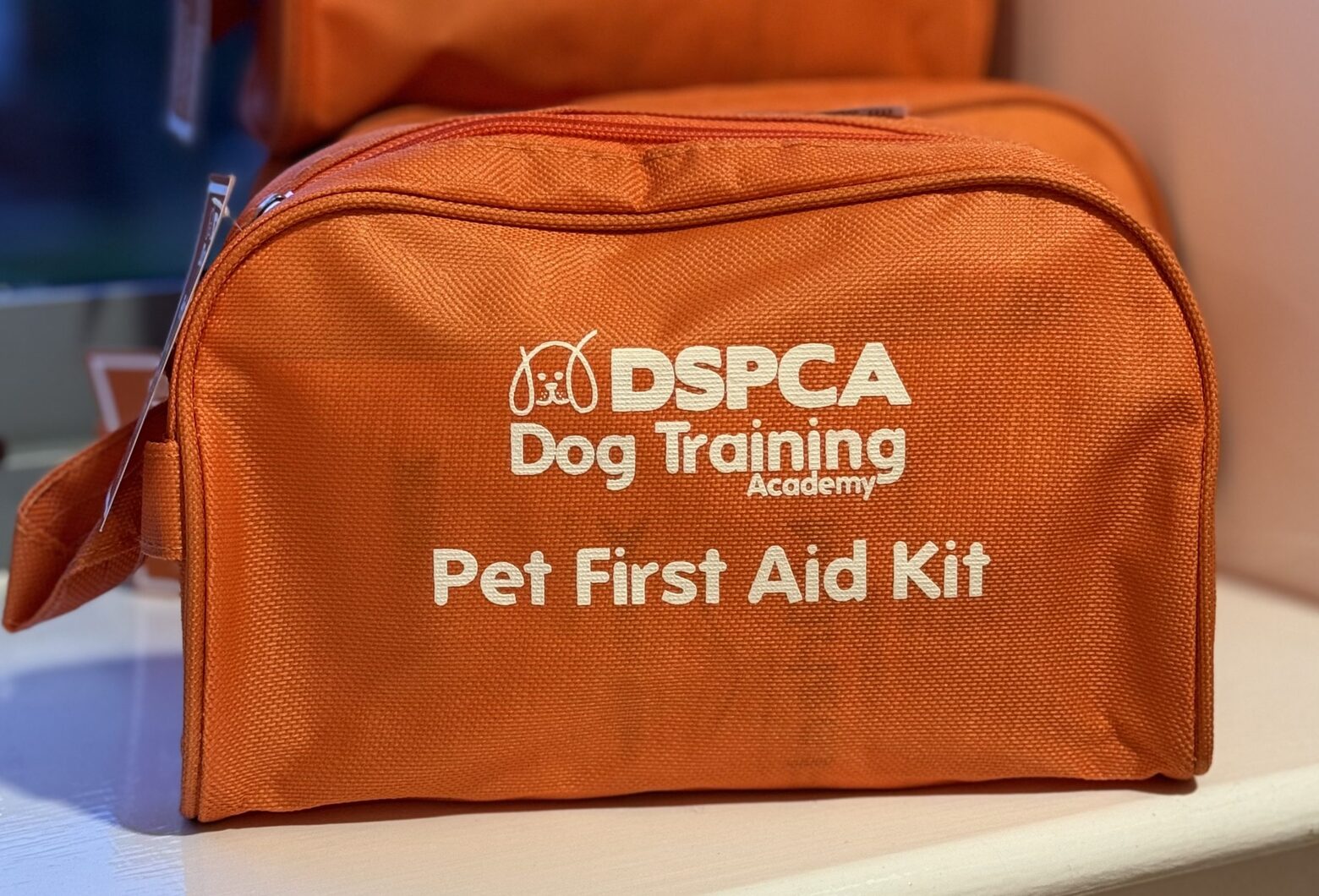
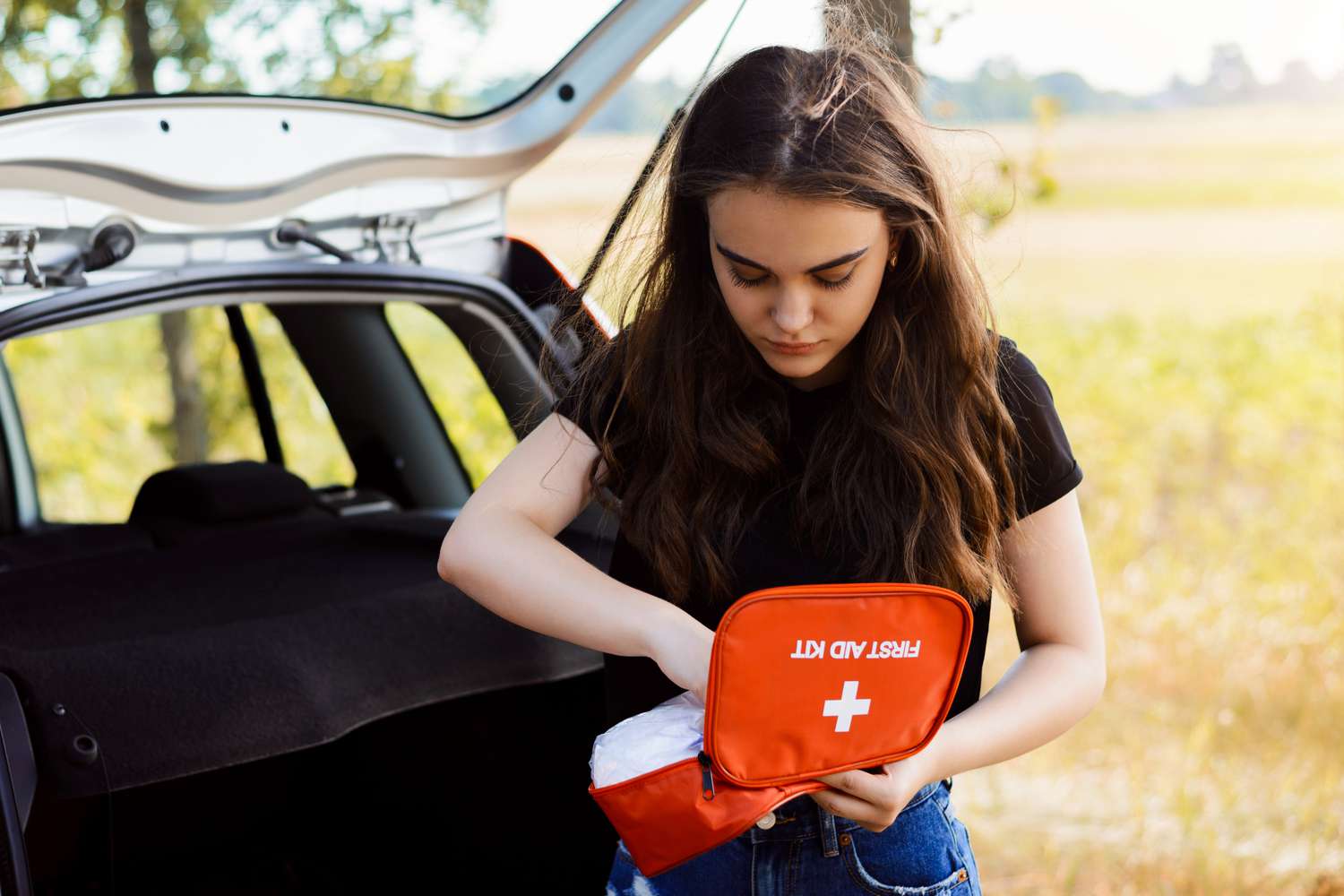

0 thoughts on “What Is The Use Of Tweezers In A First Aid Kit”